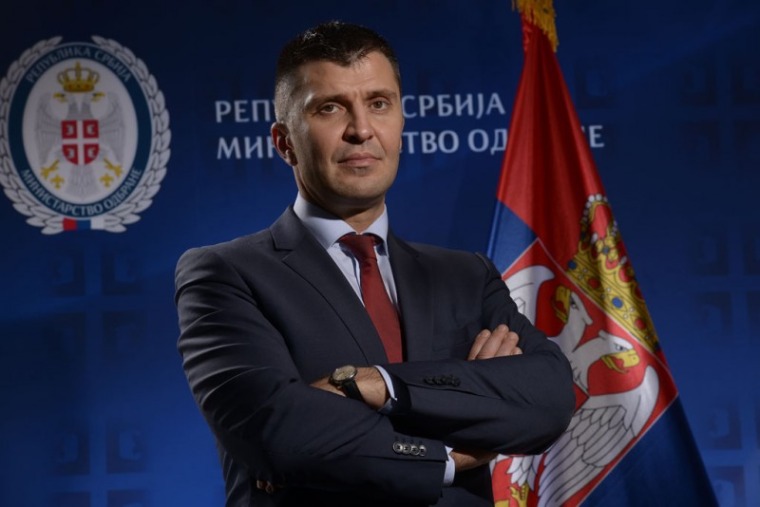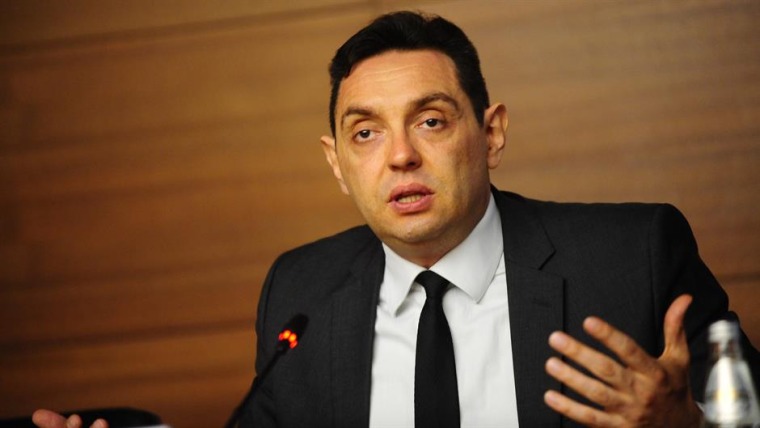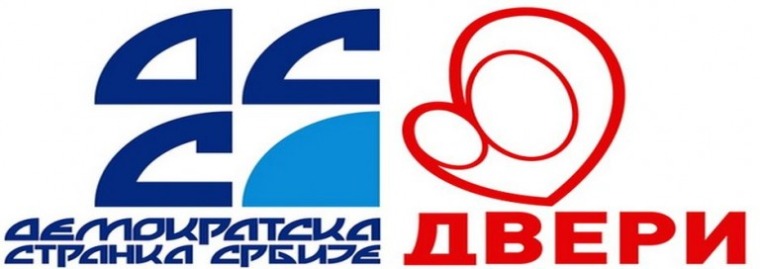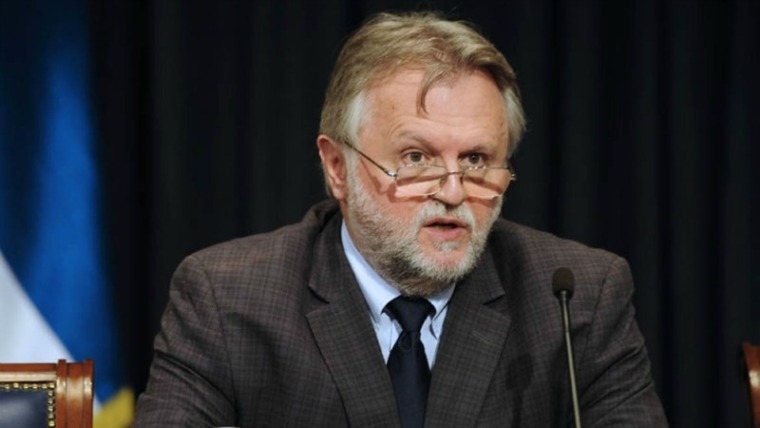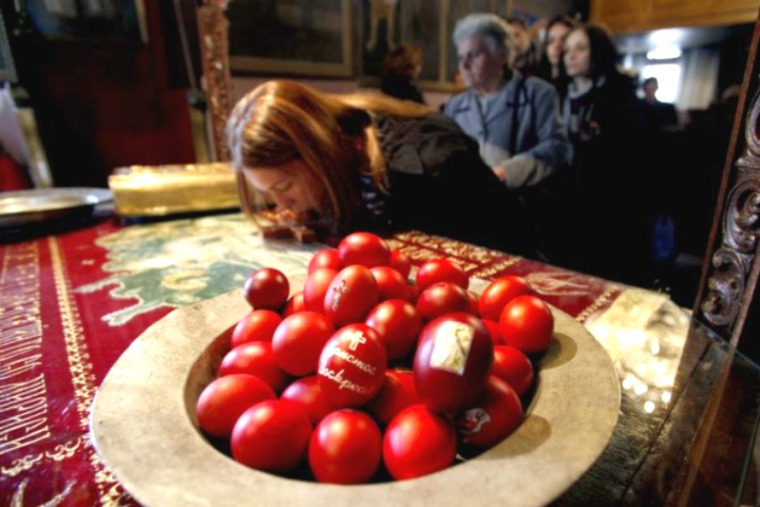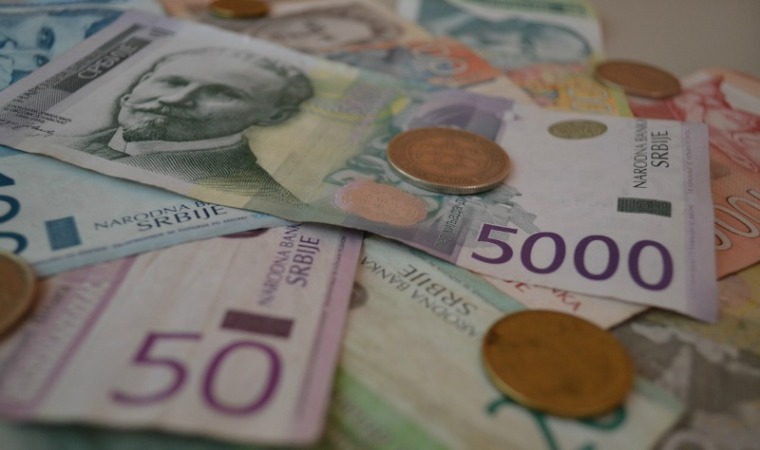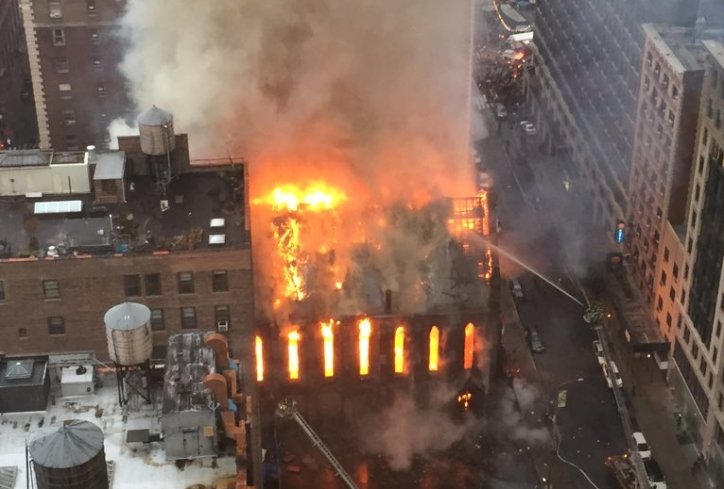
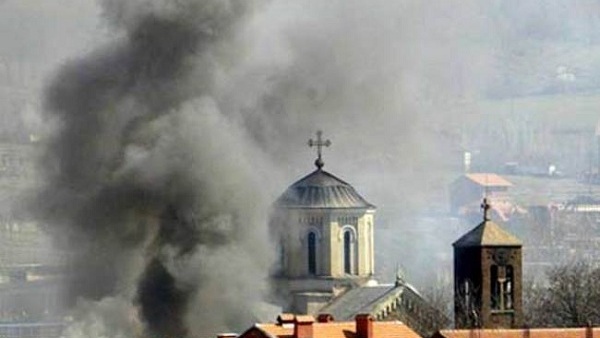
March 2014 marks the decade of the March pogrom against Serbs in Kosovo and Metohija, when 19 people were killed, 954 injured and more than 4,000 Serbs expelled from their homes in a wave of violence, from 17th to 19th of March 2004.
The motive or the pretext for the pogrom was the Albanian media campaign in which local Serbs were accused of setting the dogs, across the river Ibar, against a group of Albanian boys from the village of Čabar, near Zubin Potok, causing one of them to drown in the river. UNMIK police investigation found that the Albanian accusations were false, a spokesman for the International Police Neridge Singh said then that “the boys who survived were under strong pressure from Albanian journalists and politicians to accuse the Serbs from the neighboring village.”
35 Serbian Orthodox churches and monasteries were destroyed or burned to the ground, including 18 heritage cites, like Virgin Ljeviska in Prizren, built in the 14th century. 72 UN vehicles were demolished, six towns and nine villages “ethnically cleansed”, 935 Serbian houses and ten public buildings were destroyed, burned or severely damaged.
After the pogrom of Serbs, 270 Albanians were arrested, 143 people were convicted, most of them were fined, and 67 sentenced to prison terms. Unfortunately, the main protagonists of this pogrom from the political structures and from the former KLA have not yet been arrested or prosecuted.
These attacks by Albanian extremists have been condemned by the UN Security Council and the EU, and the Parliamentary Assembly of the Council of Europe adopted the relevant Resolution on April 29th, 2004.
Even ten years after the expulsion, most victims of the March pogrom of Serbs have not returned to their homes, many of them still staying in collective centers or other people’s houses as internally displaced persons.


